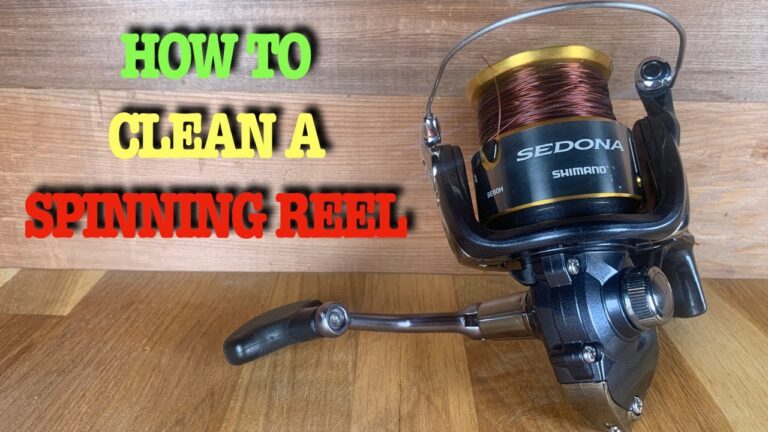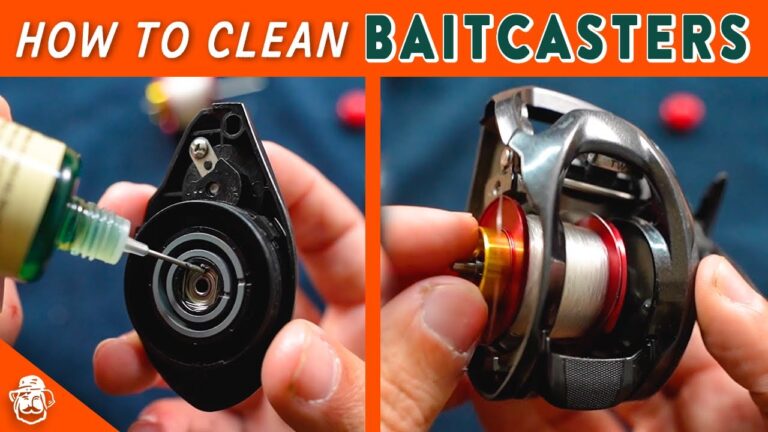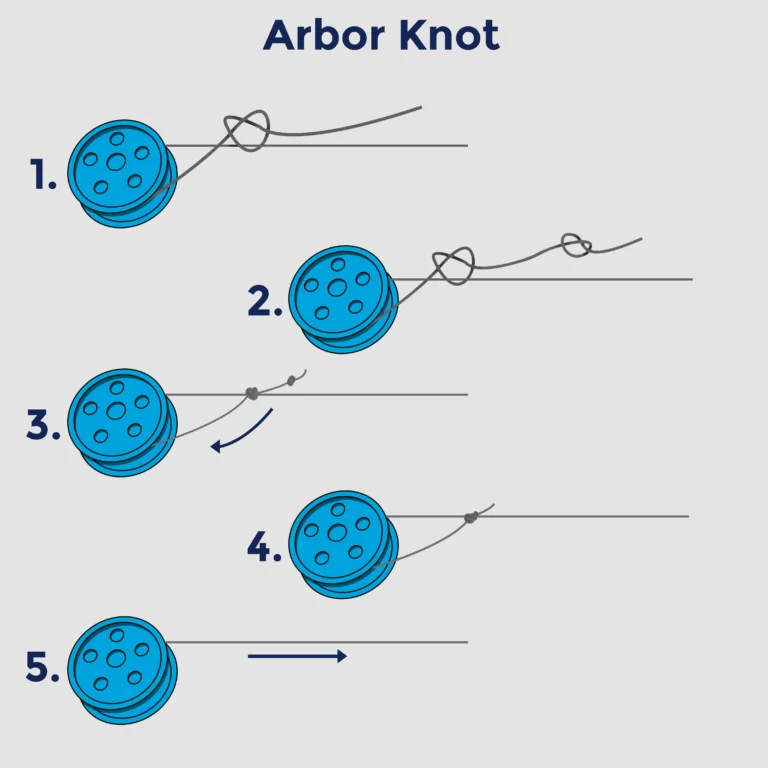How to Set Drag on Baitcaster

To set the drag on a baitcaster, first tighten the drag knob until it’s snug, then pull on the line to gauge resistance. Gradually loosen the knob until achieving the desired tension.
Setting the drag correctly on a baitcaster reel is crucial for efficient fishing, ensuring you have the control needed for catching various fish without breaking the line. Baitcasting tackle gives anglers precision casting ability and improved leverage during the retrieval of heavy fish.
Mastering drag adjustment is key to utilizing a baitcaster’s full potential. Whether you’re a seasoned pro or new to fishing, understanding how to tweak your drag setting provides a significant advantage. Deftly balancing the line’s tension helps in effectively fighting fish, coupled with the skillful use of rod maneuvers and reel mechanics. An angler’s ability to set the drag optimally can be the difference between a successful catch and a fishing tale of the one that got away.
Introduction To Baitcaster Drag Systems
The drag system on a baitcaster helps control the fish. It protects your line from breaking. Smooth drag is key for baitcasting success. It allows for managed line release during a catch.
Magnetic and centrifugal drags are common types. Each type has its own method of tension control. Magnetic drags use magnets for resistance. Centrifugal drags rely on weights that move outward.
| Type of Drag | Mechanism | Control Method |
|---|---|---|
| Magnetic Drag | Magnets | Dial Adjustment |
| Centrifugal Drag | Weights | Internal Settings |
Tools And Preparation
Setting the drag on a baitcaster requires a few basic tools. Adjusting the drag correctly is key for a successful fishing experience. You need a scale or a spring balance for precise adjustments. A screwdriver might be necessary for tightening parts. It’s also wise to have cleaning materials like a cloth and lubricant. Lastly, ensure you have the manufacturer’s instructions for specific guidelines.
Prepare your baitcaster by ensuring it is clean and free from debris. Attach the line to the reel before making any modifications. Ensure there’s no tension or tangles in the line. Start with the drag setting loose and gradually increase it. This helps avoid any damage to the gear.
Step-by-step Drag Setting Process
Setting drag on your baitcaster is crucial for a successful fishing trip. Begin by identifying the drag adjustment mechanism, usually found as a dial or knob on your reel. Turn the dial clockwise to tighten the drag, or turn it counterclockwise to loosen it. Adjust until you feel the drag is at a strength where it gives out line just before the point of breaking.
To ensure the drag operates smoothly, perform a quick performance check. Tug on the line as if a fish were biting. Observe the drag’s response; it should release line uniformly without jerking. Always test the drag before heading out to fish to avoid any mid-catch complications.
Credit: www.takemefishing.org
Fine-tuning For Fishing Conditions
Setting the drag on a baitcaster needs careful adjustments. One must adapt the drag to match the type of fish being targeted. For instance, a stronger drag is vital for big, powerful fish. A lighter drag works well for smaller species. This prevents line breaks and ensures a good catch.
Environmental elements also change your drag settings. Strong currents or winds require a tighter drag. Calm waters might mean loosening it up. Always consider these factors before casting your line.
Troubleshooting Common Issues
Drag slippage on a baitcaster can be frustrating. To resolve drag slippage, first, ensure the drag system is clean. Dirt or debris can cause slippage. Carefully disassemble the drag components. Use a soft cloth to wipe away any grime.
Next, check the drag washers. If they’re worn out, replace them. Quality washers provide better tension control. Reassemble the drag system after maintenance. Test the tension to confirm the problem is fixed.
For a sticky or non-responsive drag, maintenance is key. Begin by loosening the drag setting completely. Then, remove the spool to access the drag system. Apply a light reel oil designed for baitcasters.
Do not over-lubricate; this can cause further issues. Reattach the spool and adjust the drag knob. The drag should now move smoothly. Regular upkeep prevents future stickiness and non-responsiveness.

Credit: www.wikihow.com
Maintenance For Longevity
Maintaining a baitcaster reel is key for peak performance and durability. It requires regular cleaning and lubrication. Dirt and debris can cause wear over time. Use a soft cloth and reel cleaner to wipe down the reel. Apply oil to the bearings and grease to the gears judiciously.
Keeping track of the drag system’s condition is crucial. Excessive wear or inconsistent tension are signs to replace drag components. An expert eye may be needed for an accurate assessment. Regularly assess the smoothness of drag. It ensures that the line comes out steadily. Replace springs or washers if necessary. This will uphold the reel’s performance integrity.

Credit: www.wired2fish.com
Frequently Asked Questions On How To Set Drag On Baitcaster
What Should Your Drag Be Set At?
Set your drag to one-third the breaking strength of your line. Adjust for lighter or heavier fish to ensure optimal performance and secure catch. Regular checks and tweaks are essential during fishing.
How Do You Set Drag With Braided Line?
Begin by tightening the drag knob until you feel resistance. Then, back off just enough to allow the line to pull out under strong pressure. Test by pulling the line; adjust until a solid fish tug would take line without breaking.
Keep drag consistent for best results.
How Much Drag Should A Reel Have?
A reel should have drag up to 25% to 33% of the breaking strength of the line used. Select the appropriate drag setting based on your target species and line strength.
How Do You Set A Baitcaster For No Backlash?
Adjust the brake system to match your lure weight. Set the spool tension knob so the lure falls slowly. Thumb the spool as the lure hits the water. Practice casting with smooth, controlled motions. Begin with short casts and gradually increase distance.
Conclusion
Setting the drag on your baitcaster is key to a successful fishing experience. With precise adjustment, you ensure a smooth line release. Remember, a well-set drag system reduces the risk of line breakage and lost catches. Perfect your technique and make each fishing trip more rewarding.
Tight lines!





